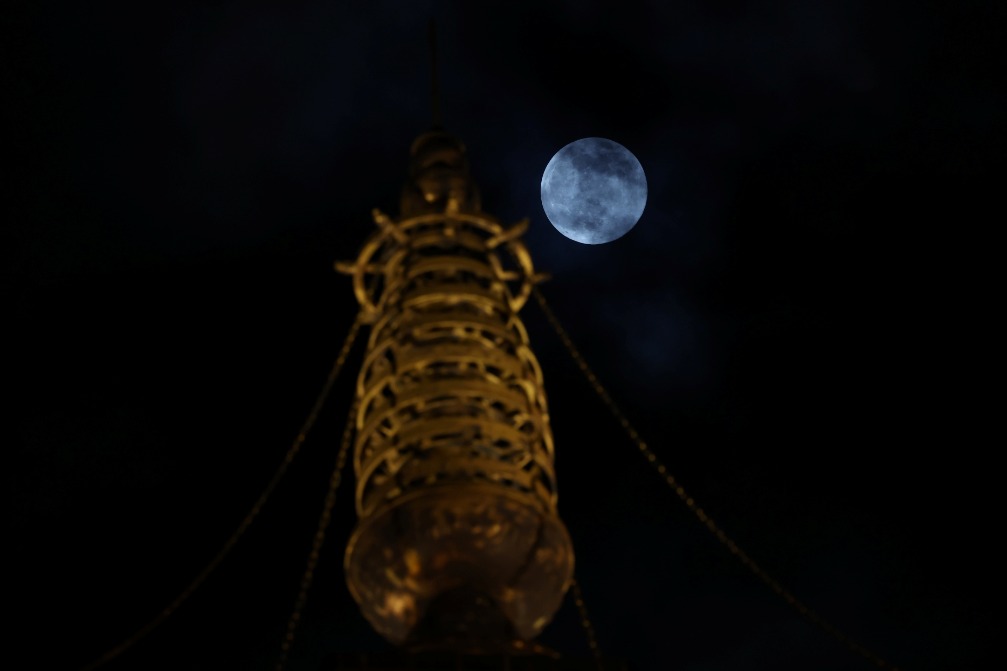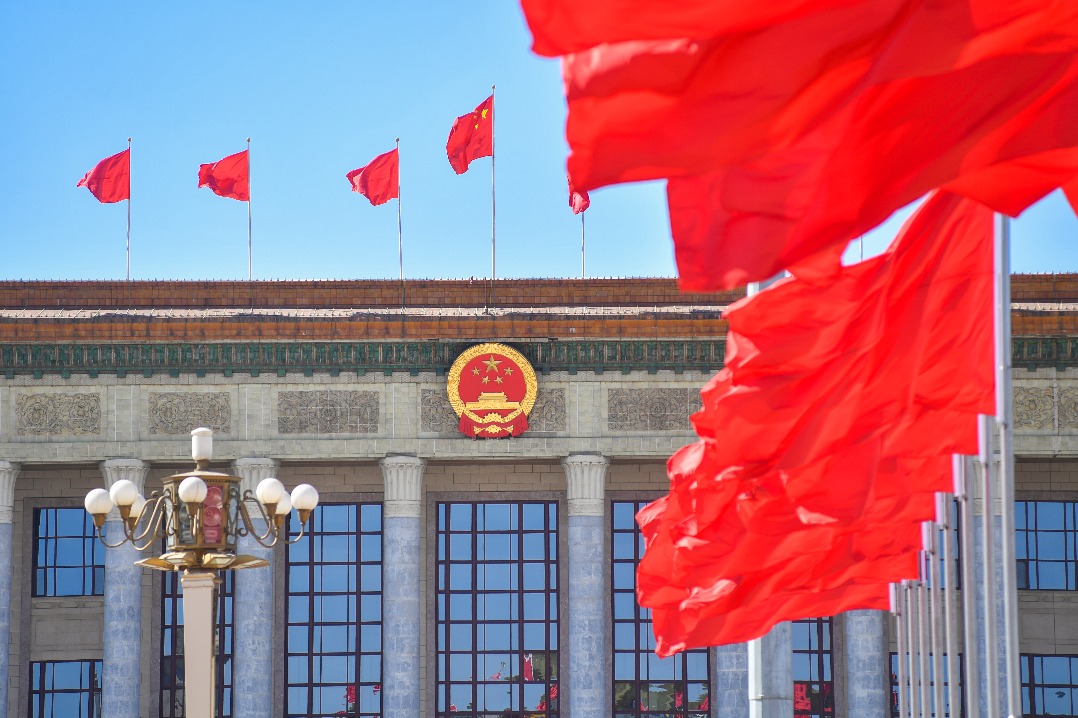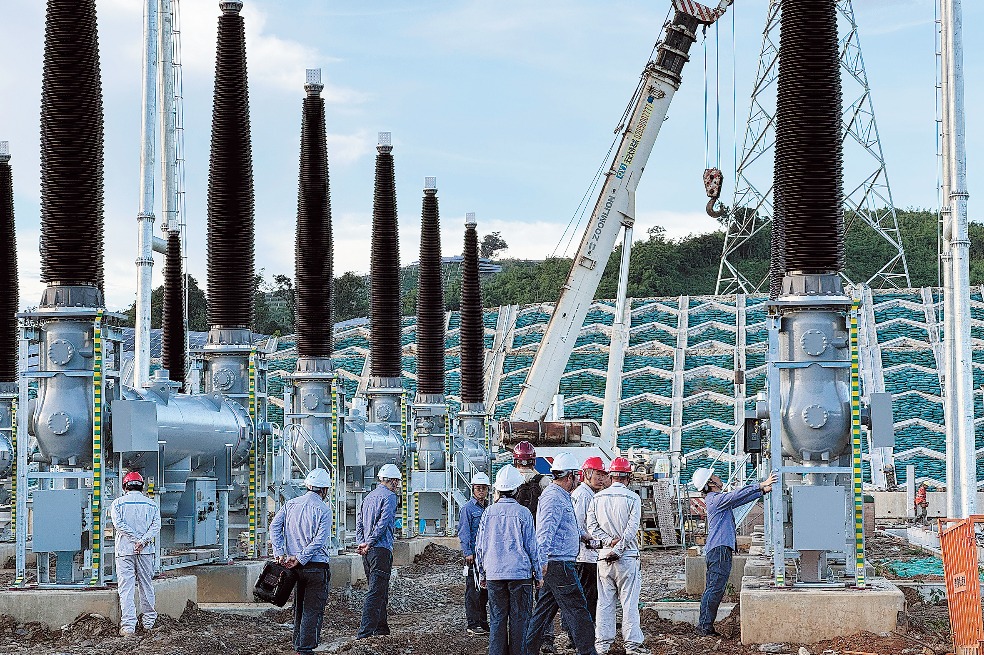Xizang culture expands creative output
Recent measures ensure growth of legacy and skill base

Over decades of sustained efforts, authorities in the Xizang autonomous region have significantly advanced the protection, inheritance, and development of its intangible cultural heritage.
From 2012 to 2024, both the central government and regional authorities allocated 473 million yuan ($65.85 million) in dedicated funding to preserve its cultural legacy, according to a white paper published this year.
The investment has driven comprehensive initiatives including safeguarding representative intangible cultural heritage projects, systematically documenting master inheritors at the national level, supporting apprenticeship programs and transmission activities, and building dedicated conservation facilities.
Tangible outcomes highlight the success of these efforts. Xizang now boasts about 2,760 protected intangible cultural heritage items. Among them, Gesar epic tradition, Tibetan Opera, and the Lum medicinal bathing of Sowa Rigpa have been registered on the UNESCO Representative List of the Intangible Cultural Heritage of Humanity.
Early this year, culture and tourism authorities in Xizang recognized its fifth group of 101 regional-level intangible cultural heritage inheritors, bringing the total number of inheritors in the region to 1,790, ensuring traditional skills and knowledge endure for future generations.
They include individuals selected from various fields, such as folk literature, Tibetan Opera, traditional handicrafts, traditional sports, and acrobatics.
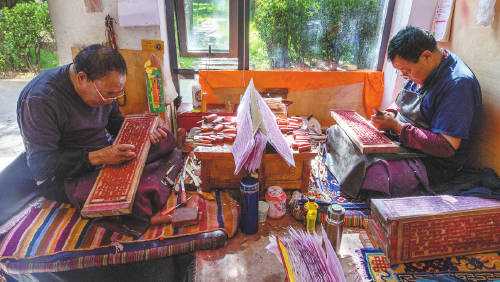
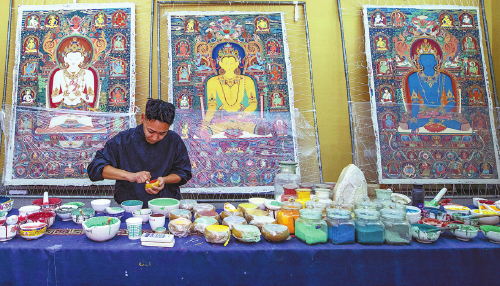
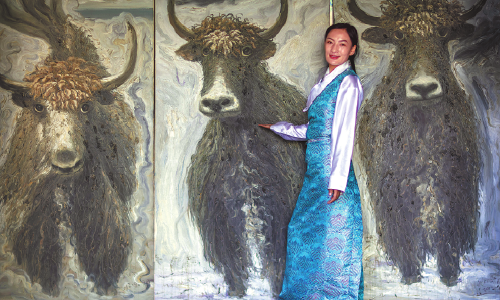
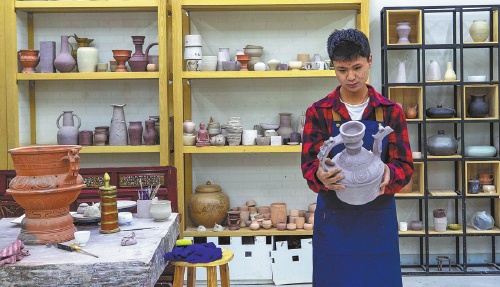
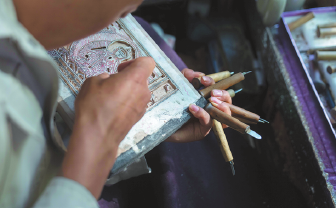
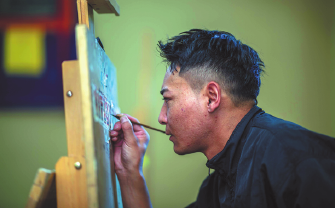
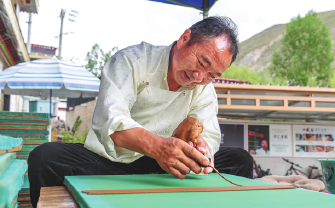
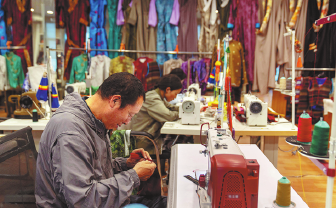
Today's Top News
- China, Samoa exchange congratulations over 50th anniversary of ties
- China shows path to shared modernization
- China's vision expected to benefit Africa
- Cases show need to foster private sector
- Xi champions shared future in cyberspace
- China's growing role in tourism hailed at WTM


















